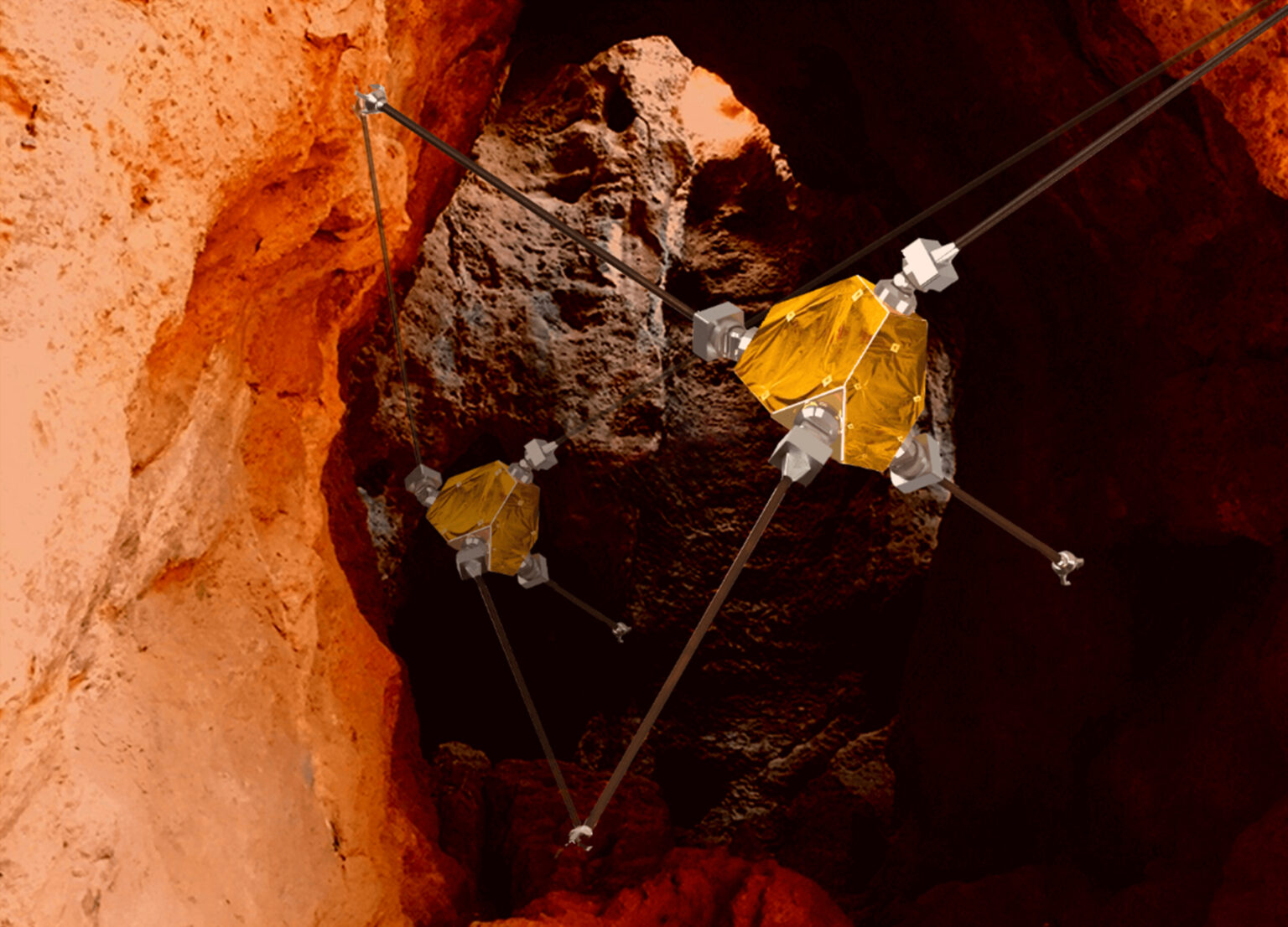A robot with expandable appendages may soon be on Mars in the coming years. Thanks to its design, it will be able to move on vertical surfaces and explore caves and lava tubes.

Robot Climber
A team of engineers from Stanford University is developing a robot project for space exploration called ReachBot. Its main feature should be expandable appendages, which will help it not only cling to surfaces, but also rest against them and thus “hang” in various narrow places.
The project was first presented in 2021 at the NASA competition for new technical projects. Then it passed the first phase of testing, which proved the viability of the concept. In fact, we are talking about a climbing robot.
Its necessity is due to the fact that caves and lava tubes have been repeatedly found on Mars. The latter are tunnels that have access to the surface in the form of vertical shafts. They can tell us a lot about the history of the planet, but modern rovers are simply not able to get into them.
How will the new robots operate?
ReachBot will work by combining two different technologies in its design: sliding structures and manipulators. Separately from each other, they have long been used in space. The first one helps to fit large devices like James Webb into the rocket. The second is used on the ISS to move cargo and elements of the station.
But together they will be united for the first time. ReachBot will work on the principle of “three points of contact”, known to every climber. It will expand its appendages in such a way that at the same time, three of them rest against the rock in three different directions. Its fourth appendage will be moving around at this time.
After the robot rests it against the rock, it will be able to release the other appendage and move it. So very slowly, but surely, it will be able to descend even on a vertical surface. ReachBot will be able to take samples not only at the very bottom of the lava tube, but also in its middle, actually hanging in the air.
According to phys.org
Follow us on Twitter to get the most interesting space news in time
https://twitter.com/ust_magazine
